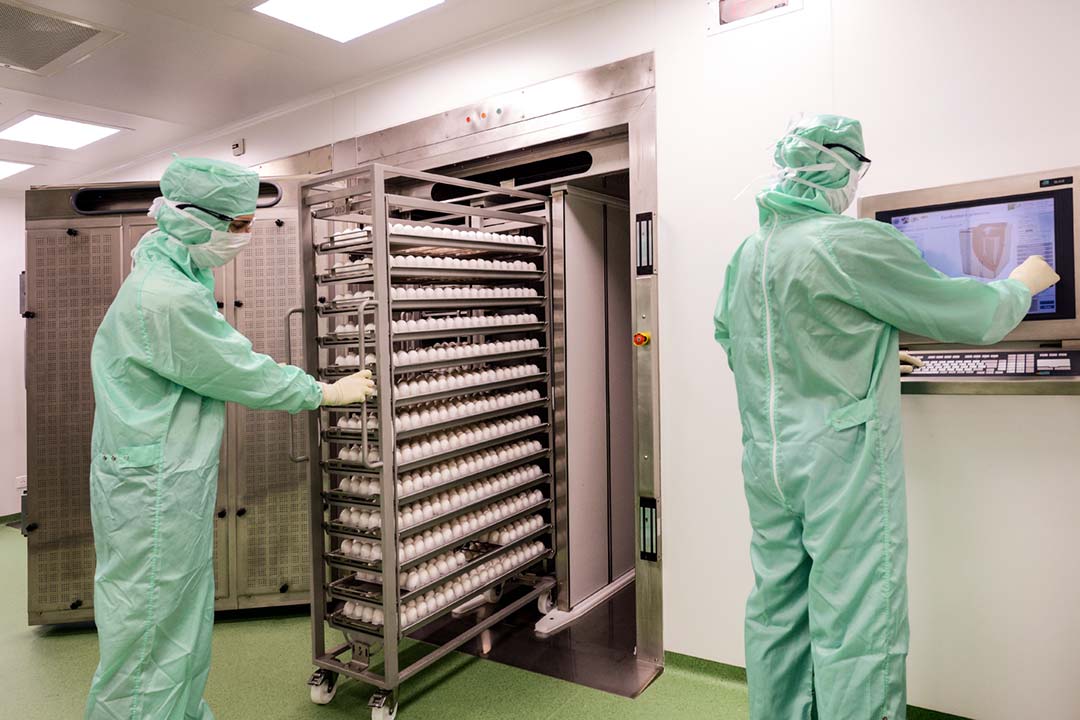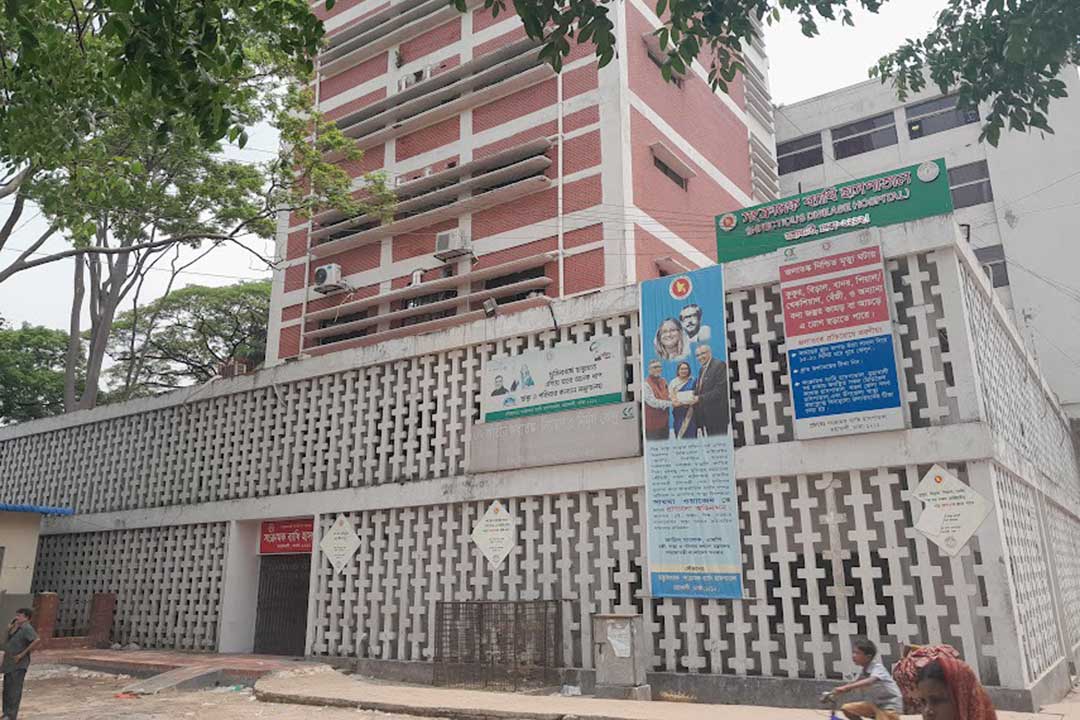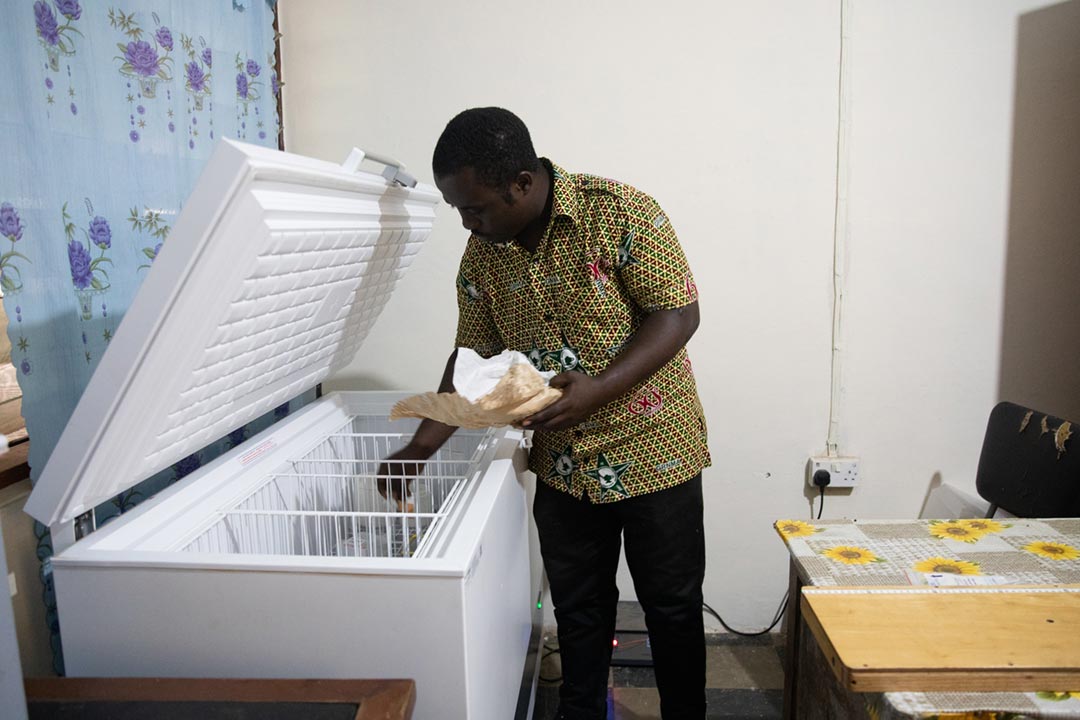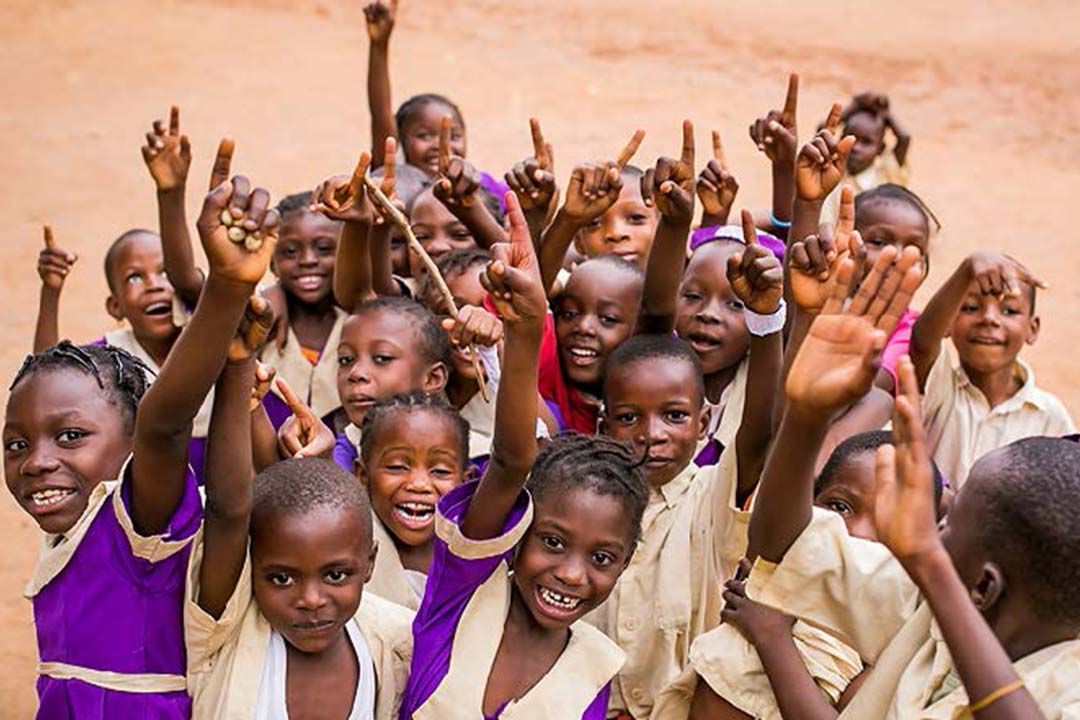How mapping snakebite hotspots could help tackle this poisonous problem
Climate change could increase the incidence of snakebite, but better data on where it occurs and greater access to antivenom could help millions, now.
- 24 June 2022
- 6 min read
- by Priya Joi

Snakebite kills around 138,000 people each year – almost 400 deaths every day – often in communities with little access to healthcare or awareness about how to prevent bites.
But while many focus on these deaths, surviving the bite of a poisonous snake is rarely the end of the story. For every person who dies of snakebite, four times as many people are left with snakebite-related disabilities such as a loss of limbs, disfigurement or kidney failure.
The disability resulting from snakebites also has a huge impact. In separate research, De Silva’s team interviewed 88 people who had suffered snakebite between one and four years previously, and found that compared with control participants, snakebite victims had more symptoms of depression and anxiety.
The psychological and economic fallout from these disabilities can be devastating.
“We spoke to one man who said he couldn’t see properly after being bitten, even though there was nothing clinically wrong with his eyes; another would feel so fatigued he could barely move, though there was no medical explanation for this,” said Professor Janaka de Silva, senior professor and chair of medicine at the University of Kelaniya in Sri Lanka.
A clinician who also teaches medical students and trains postgraduates, De Silva was drawn to devoting time to snakebite because of the scale of the problem in Sri Lanka, and because of his “abiding interest in health problems prevalent among the underprivileged, especially in rural areas where snakebite affects so many”. Having spent years collecting data to highlight the scale of the problem, his team is now creating snakebite risk maps to help prioritise where treatment and prevention efforts should be deployed, and when.
Toxic problem
Although snakes are found across the world, the burden of snakebite injuries is highest in sub-Saharan Africa and South and Southeast Asia.
The challenges associated with tackling snakebite are numerous. Many people who get bitten in tropical countries are agricultural or farm workers. They may get bitten while working, sometimes without footwear, or snakes may even bite them inside their dwellings as they sleep at night, especially when sleeping on the floor. In many rural communities, there is still a poor understanding of how to prevent snakebite, problems accessing a clinic to treat it, a lack of trained staff in these medical facilities, or shortages of lifesaving antivenom.

Economic sting
In 2012-2013, De Silva’s team undertook Sri Lanka’s first ever countrywide community survey of snakebite. They found that there are annually 80,000 bites, 30,000 poisonings from snakebites (envenomings) and 400 deaths. A significant proportion of people do seek healthcare when they’ve been bitten, but even in a free healthcare system, this can cost them US$ 30 in out-of-pocket expenses and loss of income – painfully high, given their average monthly income of US$ 74.
The disability resulting from snakebites also has a huge impact. In separate research, De Silva’s team interviewed 88 people who had suffered snakebite between one and four years previously, and found that compared with control participants, snakebite victims had more symptoms of depression and anxiety. Around half met the criteria for depressive disorder and 22% had post-traumatic stress disorder (PTSD). Worryingly, there was also a high perception of disability, even when the snakebite victims were medically healthy – 17% had a residual physical disability with no obvious medical cause.
Have you read?
Such disability and trauma can have devastating economic impacts, with 27% of people in the study having their employment negatively affected, and one in ten people stopping work altogether. “In rural communities where one person’s livelihood may support an entire family, this can cause a vicious cycle of poverty,” De Silva said.
Separate data from India suggested that snakebite costs India’s citizens the equivalent of three million years of health and productivity every year.
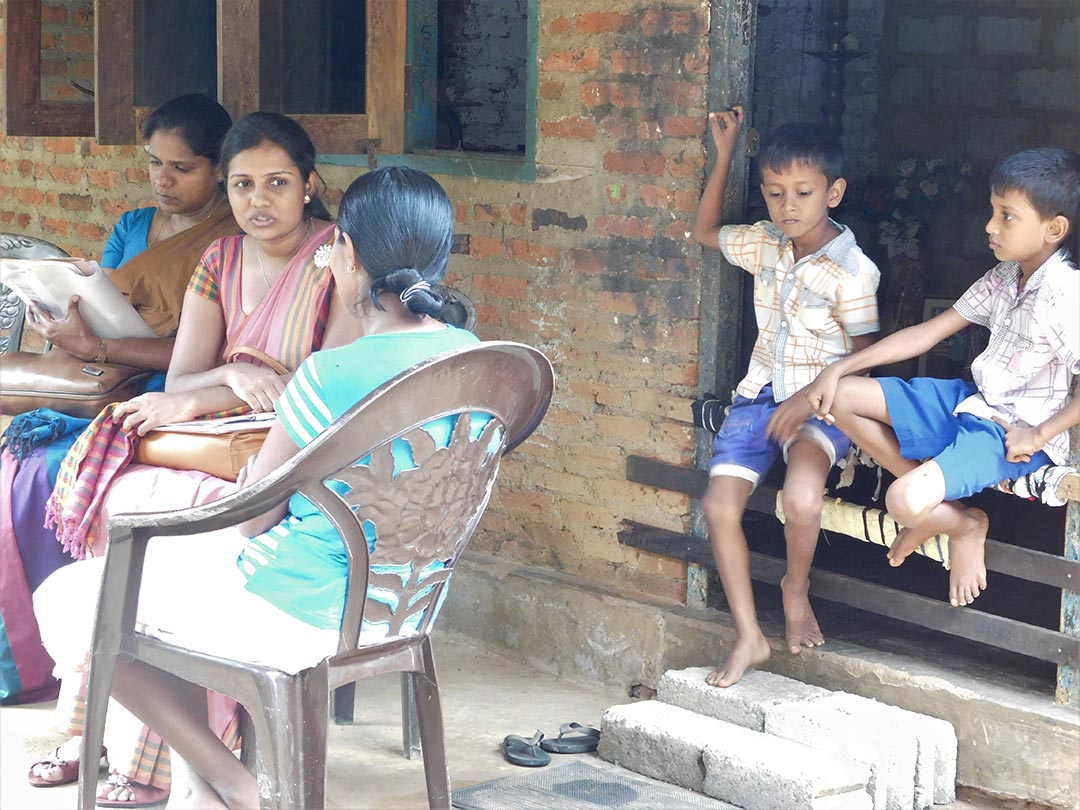
Changing climate
The climate emergency could make the situation even worse: Using the data from their national survey, and overlaying it with meteorological data, De Silva and his colleagues have calculated that the burden of snakebite in Sri Lanka could increase by as much as 30% by 2050 as a result of changes in temperature and humidity.
However, De Silva is keen to emphasise that this is just an estimate. “Global warming might increase the size of the tropical belt north and south and mean that snake species could be seen in countries where they previously weren’t found.”
In addition, climate-related flooding and wildfires could flush out snakes into areas where people live, and the constant encroachment of human activity into animal habitats means that snakes and people are likely to be in closer contact, he added.
In 2017, the World Health Organization (WHO) designated snakebite envenoming as a priority neglected tropical disease (NTD) and in 2019 set a target of halving death and disability by 2030. De Silva says the WHO’s move has galvanised action and several initiatives have unfolded globally in community engagement, antivenom improvement and involvement of health ministries. However, as the COVID-19 pandemic hit a few months after the resolution was passed, many new snakebite initiatives were halted in their tracks – so there has been little impact from these initiatives so far.
Snakebite maps
A major and ongoing challenge is that the epidemiological data on snakebite incidence, deaths and, especially, disability are still weak in most countries. In the hunt for more comprehensive data, “we have been using geospatial modelling and predictive mapping to detect hotspots of high snakebite incidents at national and regional levels as this is key to providing information to policymakers and for resource allocation,” says De Silva.
Geospatial modelling can look at the abundance of snakes, and overlay that with the proportion of people living in rural areas and of those, the number working in agriculture. They then combine this with meterological information on humidity, temperature, and rainfall to provide predictive mapping to identify hotspots of snakebite activity.
Snakebite prevention
Given the existing challenge of snakebite, and the looming threat from climate change, preventing snakebite and treating it more effectively is going to be critical. For many diseases caused by an infectious organism, a vaccine would be an obvious approach to prevention, but this is near impossible for snakebite: There are around 250 species of venomous snakes each of which produces a unique mix of toxins that require a specific antivenom.
There would be no way to produce a vaccine that could trigger antibodies to every potential snakebite. Moreover, antibodies are needed instantly to counter the venom injected by a snakebite, which a vaccine can’t achieve. Instead, most countries rely on antivenom – antibodies injected quickly after a bite that can neutralise the venom’s toxins, reducing the damage they cause.
Yet many countries, especially in sub-Saharan Africa, are still struggling to get hold of antivenom, which is in even shorter supply due to the pandemic. In addition, the antivenom sometimes supplied to resource-poor areas may not be specific to the snakes in that region, making them useless.
This doesn’t mean that preventing snakebite is impossible, saysDe Silva, and a strategic approach could greatly reduce death and disability.
“We need to identify hotspots of snakebite incidence through geospatial modelling to help target resources, improve access to polyvalent antivenoms, and arrange follow-up aftercare to identify chronic disabilities including psychological issues. And communities need guidance on wearing footwear, carrying a light when walking about at night, on sleeping above ground level and using bednets at night to avoid contact with snakes. Climate change could make the burden worse, but many countries are suffering right now – we need to act, and soon.”

